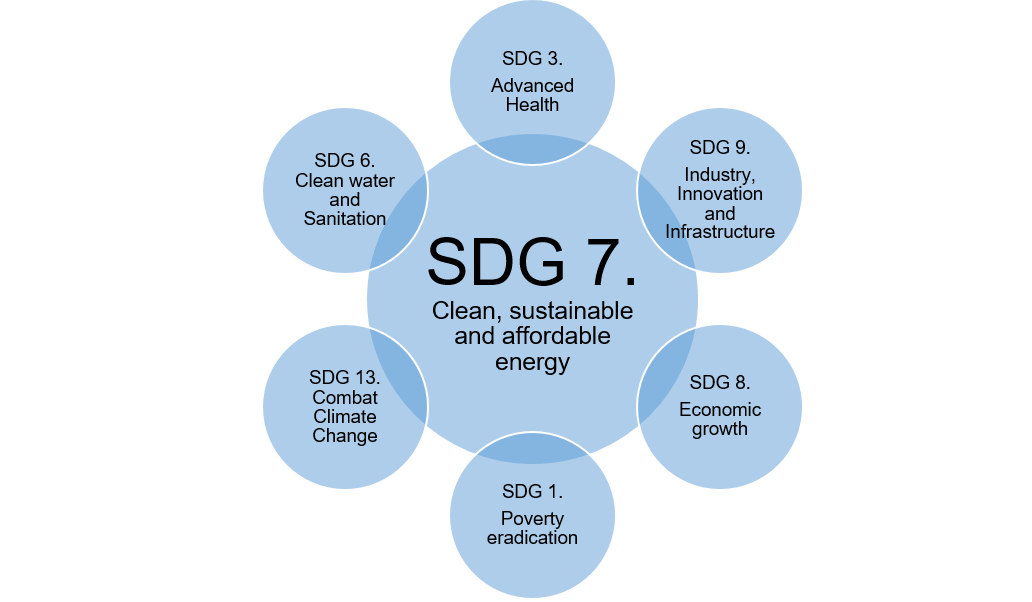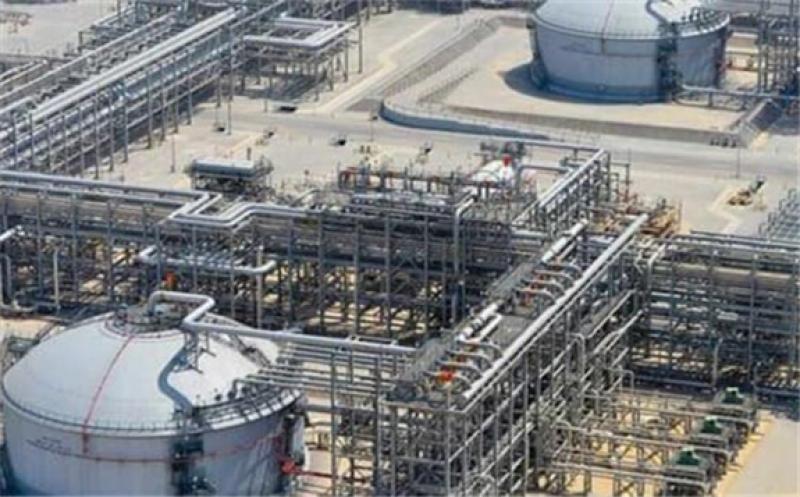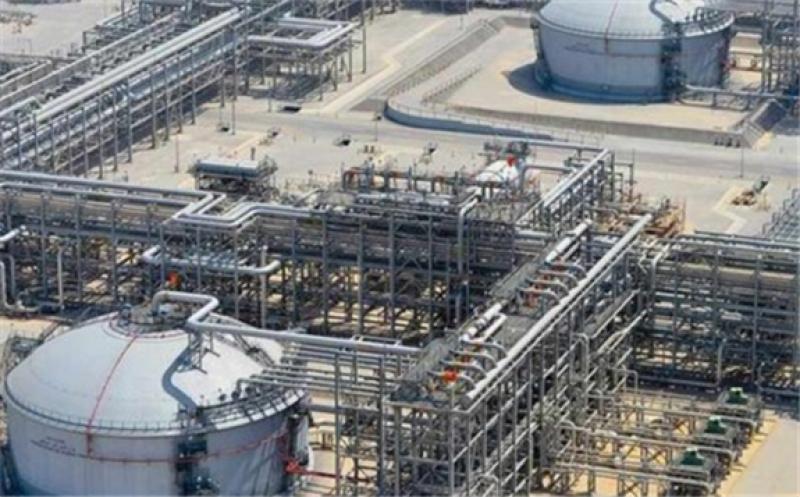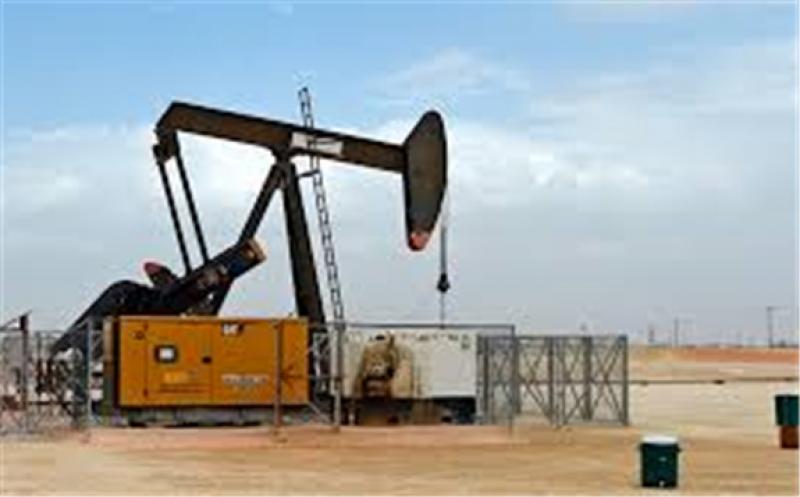Computer scientists and energy technology experts from Case Western Reserve University have joined hands to exploit the diagnostic power of artificial intelligence (AI) to improve the efficiency of solar power plants.
Solar power makes use of energy from the sun gathered by photovoltaic (PV) modules to produce clean, renewable energy. According to researchers, improving the efficiency of solar power plants will be beneficial for industry and, ultimately, consumers.
French is also the Director of the Solar Durability and Lifetime Extension Research Center at the Case School of Engineering.
Financially supported by a $750,000 grant for three years from the U.S. Department of Energy (DOE), the research forms part of a wider $130 million solar-technologies initiative launched by the DOE in 2020—which includes $7.3 million exclusively for machine-learning solutions and other AI for solar applications.
The project is co-led by French and Laura Bruckman, research associate professor in Materials Science and Engineering.
Machine Learning and Shared DataIn simple terms, the goal of the Case Western Reserve-led study is to use computers to analyze data from a huge number of neighboring PV systems in a better way to help measure their short- and long-term performance.
Those machine-learning methods will be employed to solve data-quality-related problems that impact the individual plants. To achieve this, the researchers will be using a “spatiotemporal graph neural network model.”
Spatiotemporal approach implies the identification of how plants perform differently in space (solar plants in the cold North versus the hot, dry South, for instance) and time (plants constructed 25 years ago using older technology versus those built newly), and the creation of a model to enhance all the individual PV plants in that group—and future systems.
However, it also relates to evaluating, comparing, and contrasting what has been brand-specific data, noted Bruckman.
“Different companies have information about their technology, in their area of the country,” added Bruckman, “but, until now, we haven’t had a chance to be able to gather and analyze all of the data from a wide range of companies and areas.”
Lastly, Yinghui Wu—researcher, team member, and an assistant professor in the Department of Computer and Data Sciences—added that the study will be useful not just to the solar industry, and eventually energy users, but also to AI researchers.
Wu is also a co-investigator on a National Science Foundation-funded project to enhance cybersecurity of large computer networks.
According to French, the group will work toward collecting and analyzing data this year, then start offering individual power plants and solar-energy companies a “pre-trained computer model” to evaluate how to enhance their own systems.
Background: the SETO 2020 ProgramThe goal of the Solar Energy Technologies Office Fiscal Year 2020 (SETO 2020) funding program is to promote projects that will “improve the affordability, reliability and value of solar technologies on the national grid and tackle emerging challenges in the solar industry.”
It financially supports projects varying from early-stage PV to solar thermal power, while reiterating the integration of various technologies and decreasing the costs related to the installation of solar energy systems.
Moreover, SETO motivates the project groups to forge collaborations with AI experts and industry representatives, like owners or operators of solar power plants, photovoltaic module manufacturers, electric utilities, and others.
The Case Western Reserve team, for instance, will collaborate with Canadian Solar, SunPower, Brookfield Renewable, C2 Energy Capital, and Sandia National Laboratories, apart from other partners.







